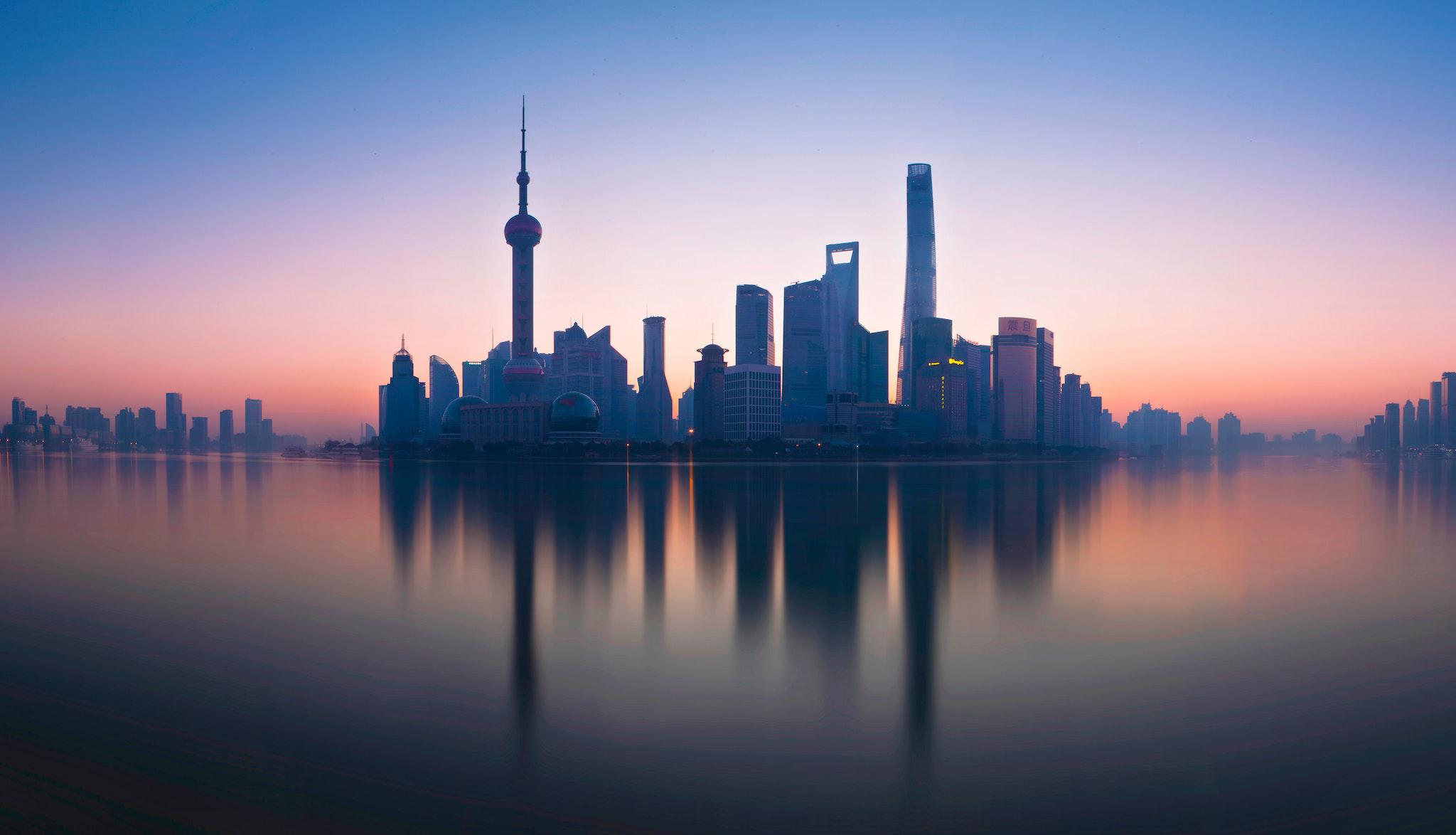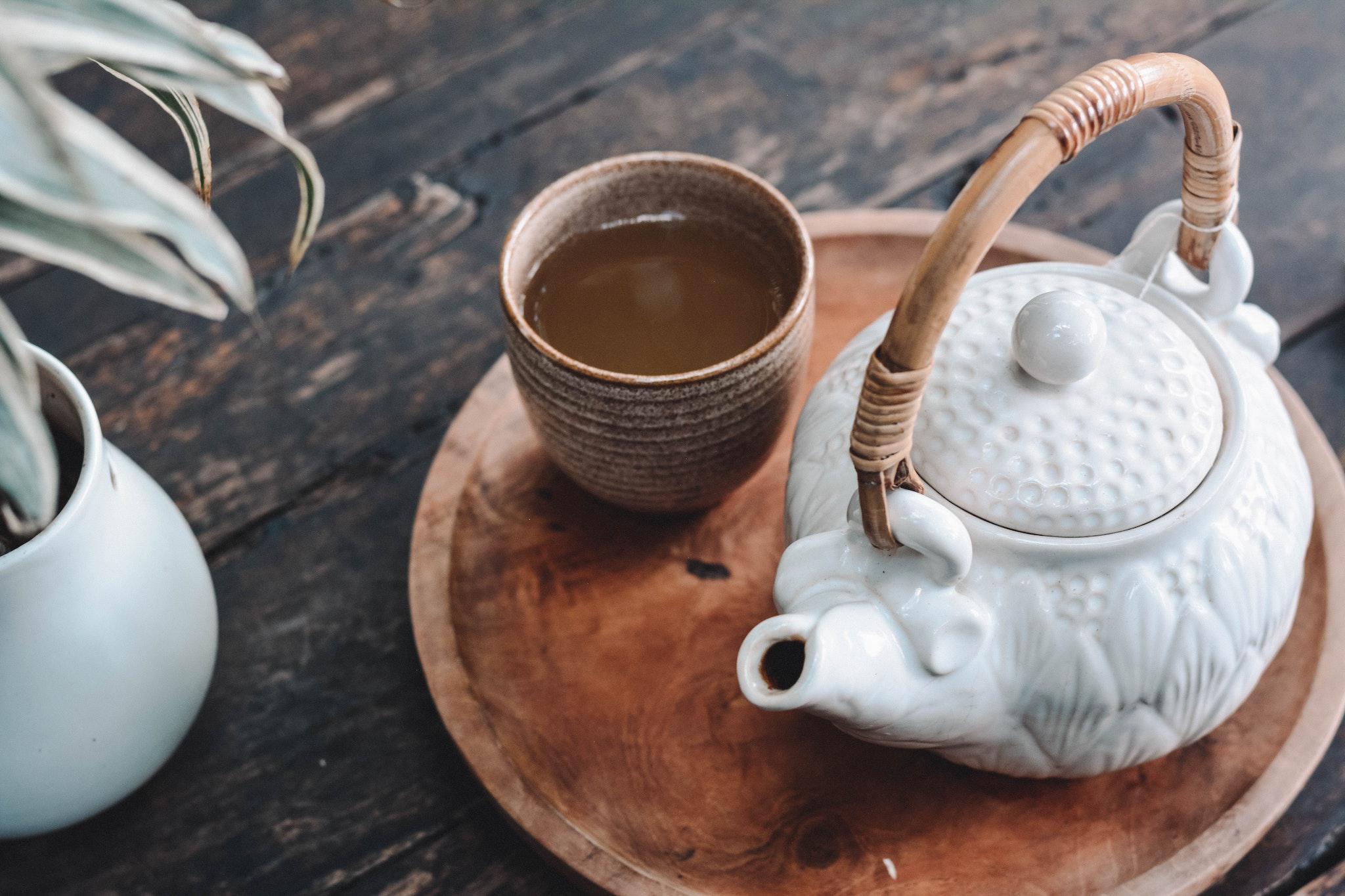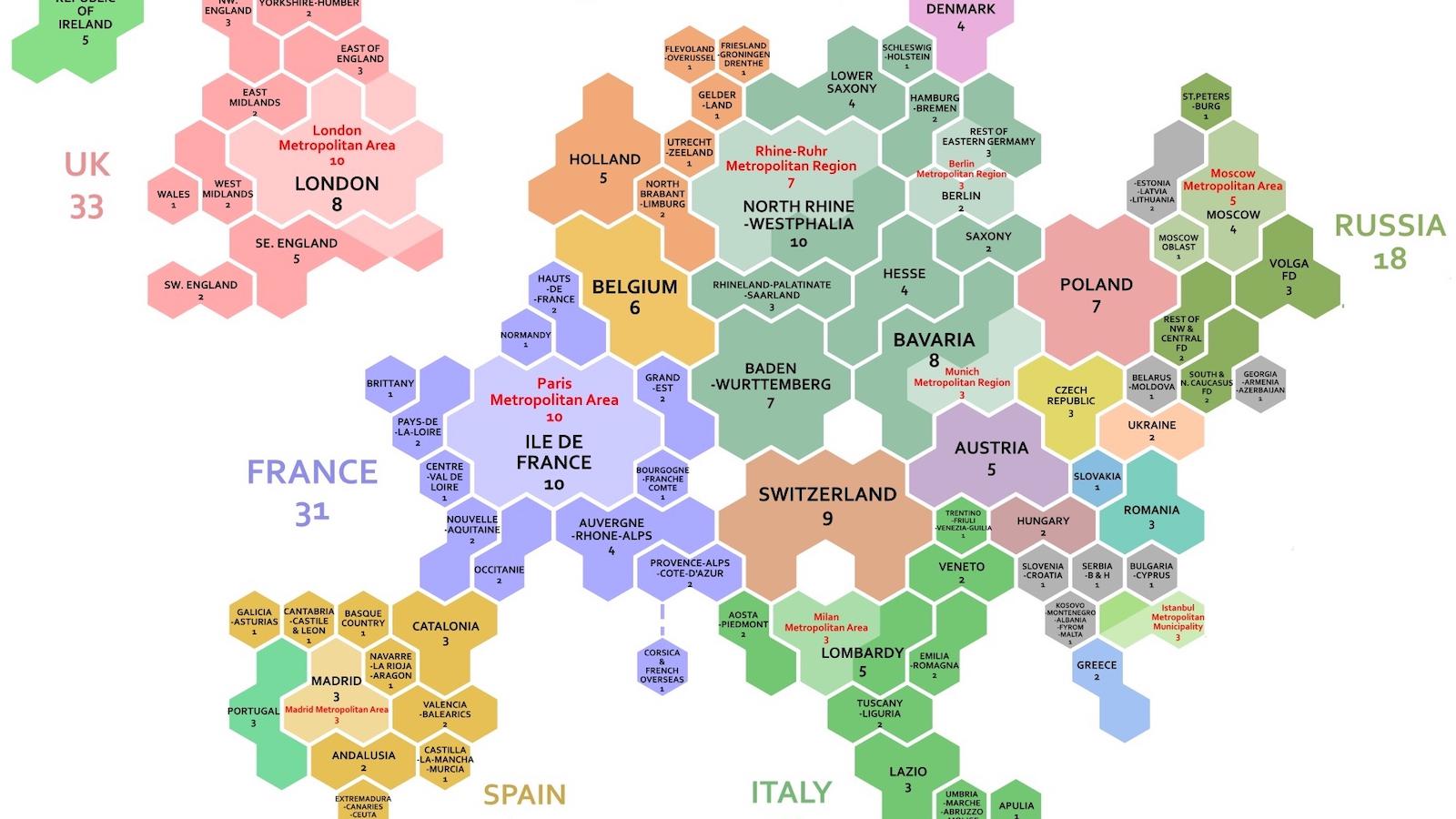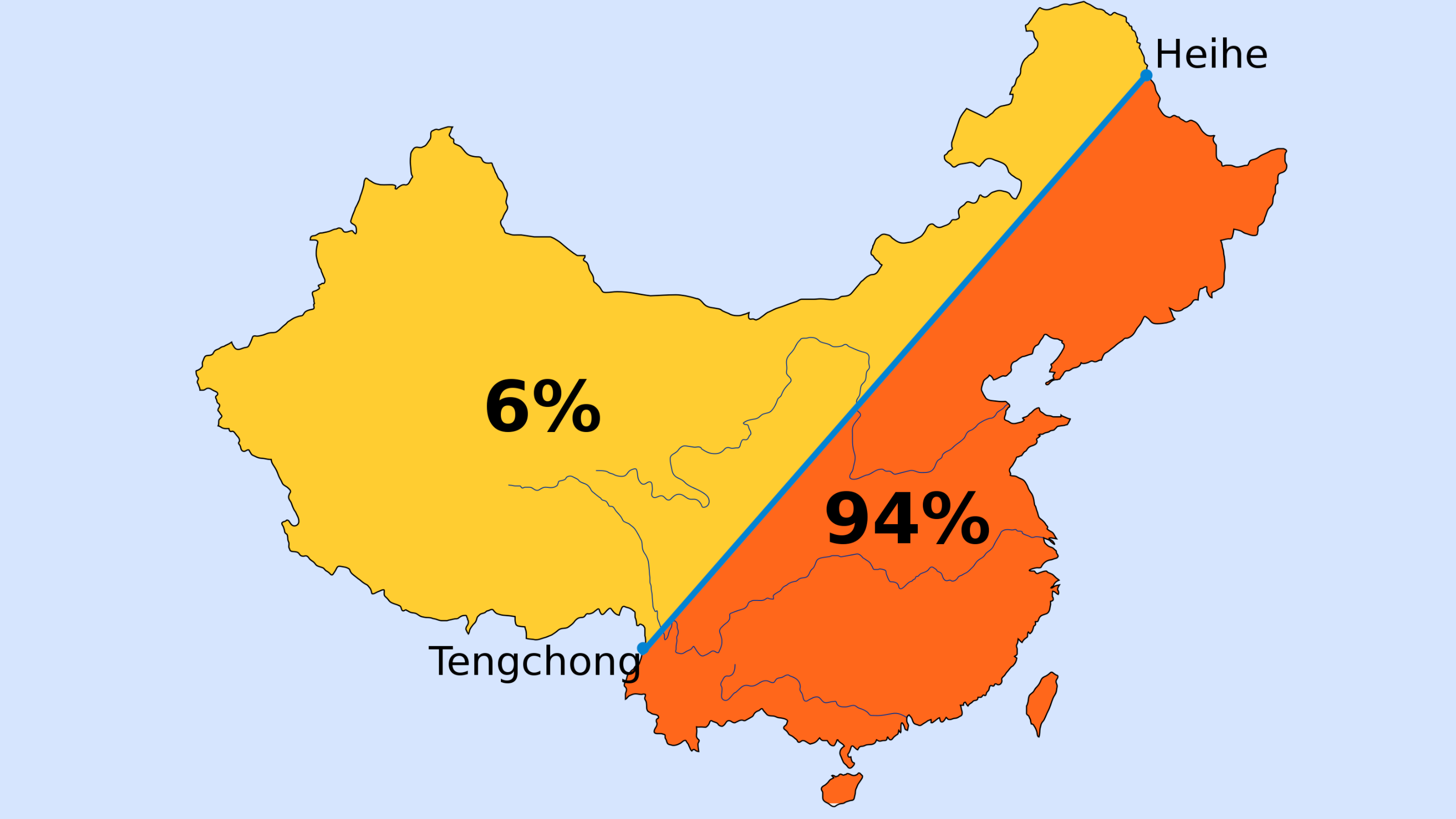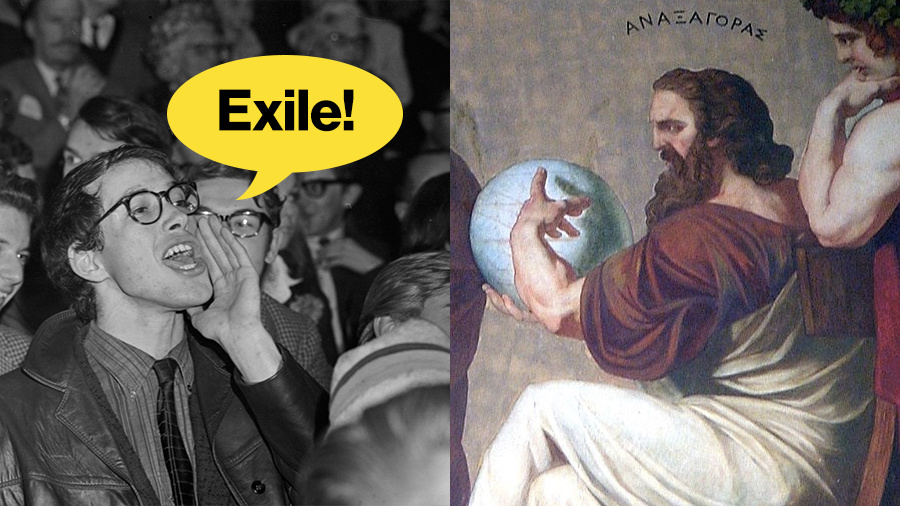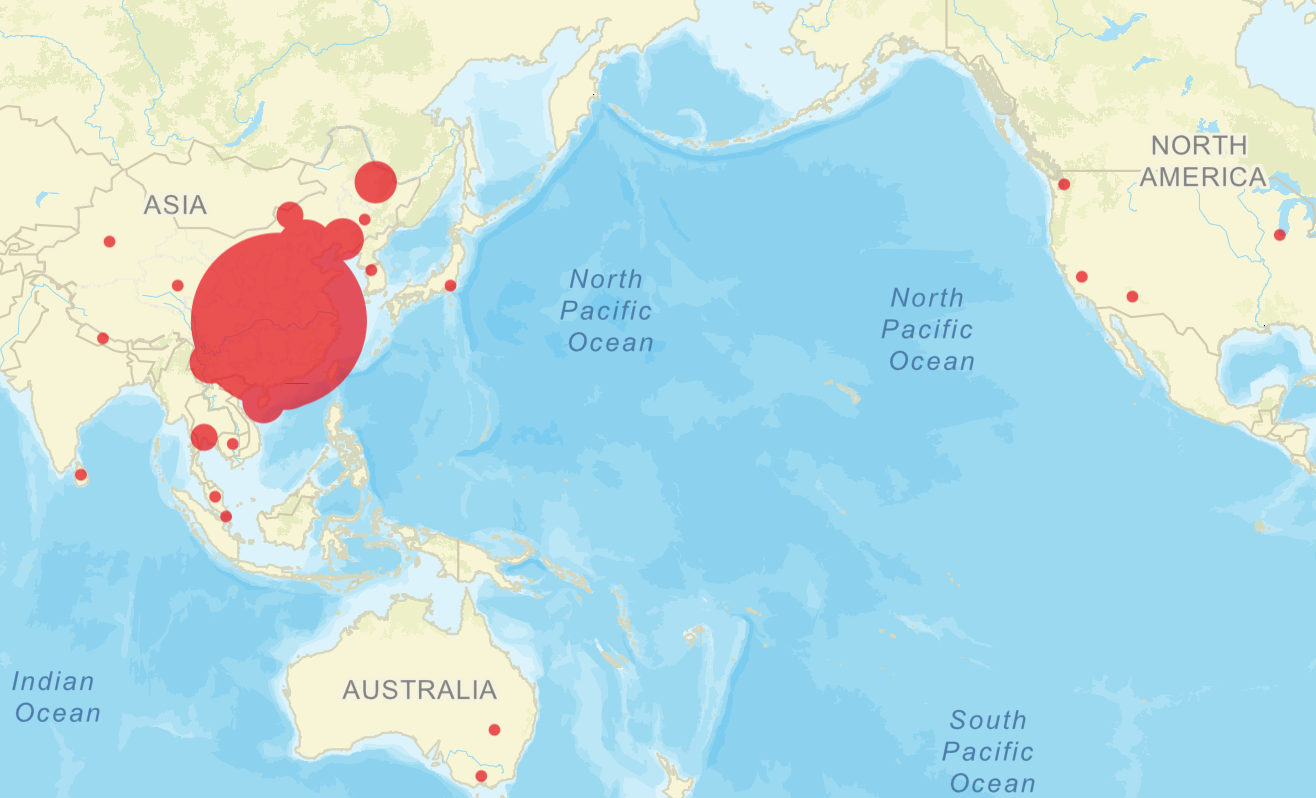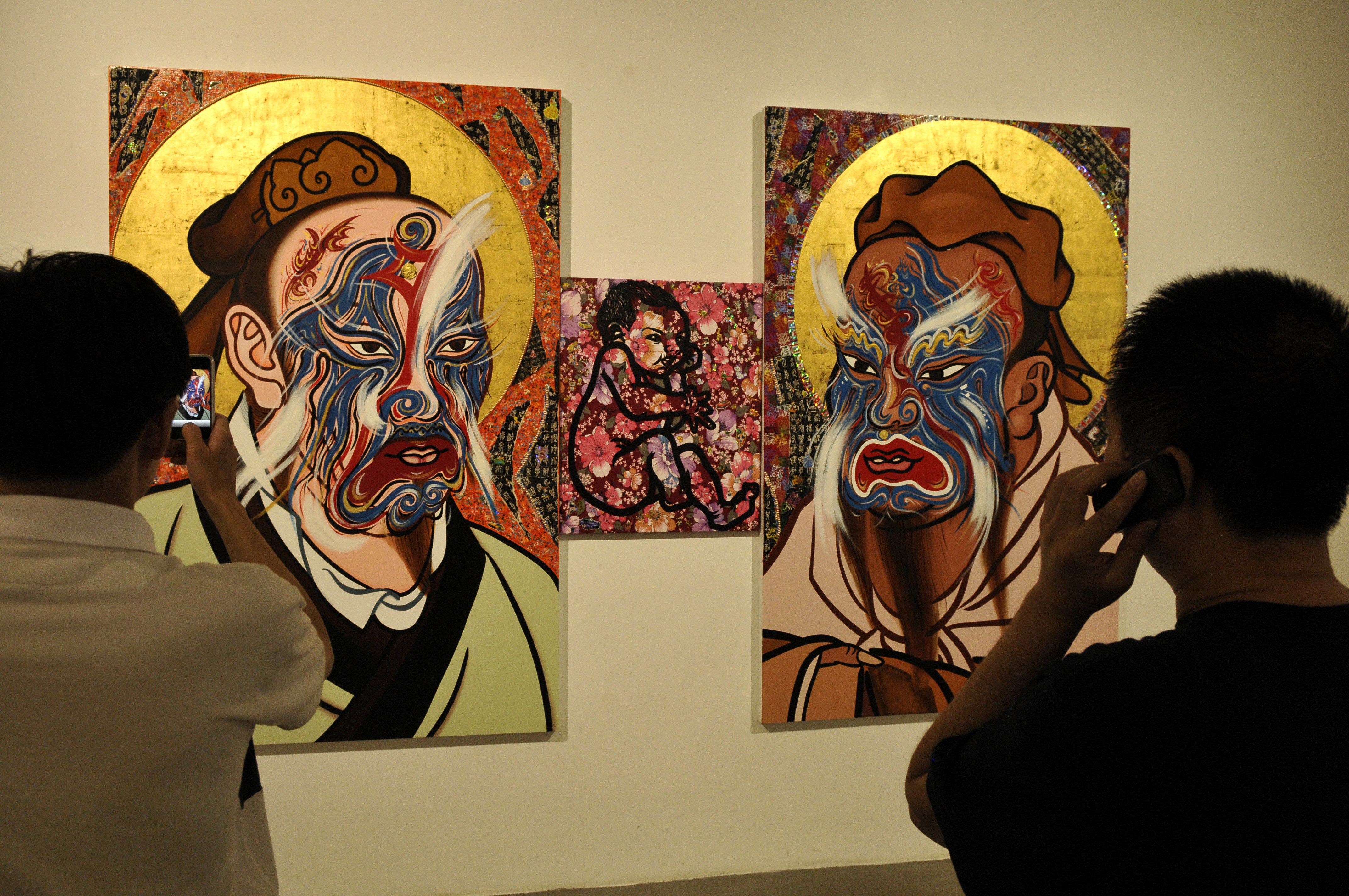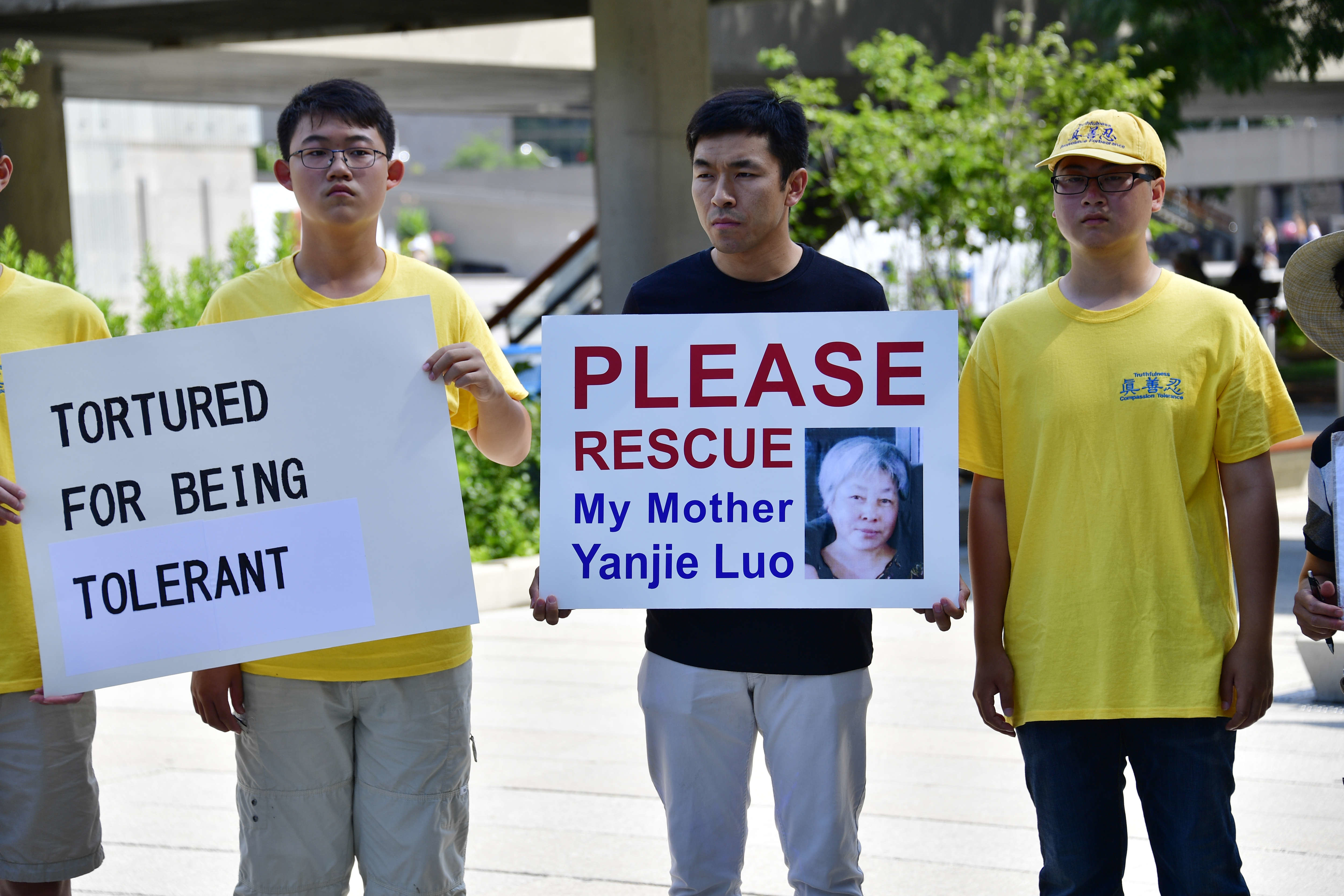China
China’s dominance of the rare earth metal industry is part of its overall geopolitical strategy.
How the British obsession with tea triggered wars, led to bizarre espionage, and changed the world — many times.
Scientists discover surviving viruses in 15,000-year-old glacier ice on the Tibetan Plateau in China.
A cartogram makes it easy to compare regional and national GDPs at a glance.
Map shows Europe’s imminent Great Leap Forward in battery cell production
First drawn in 1935, Hu Line illustrates persistent demographic split – how Beijing deals with it will determine the country’s future.
Answering the question of who you are is not an easy task. Let’s unpack what culture, philosophy, and neuroscience have to say.
▸
12 min
—
with
A study of the Mosuo women, known for their matriarchy, suggests that gender roles can influence our health outcomes.
What would happen if you tripled the US population? Matthew Yglesias and moderator Charles Duhigg explore the idea on Big Think Live.
▸
with
The U.S., China, and Russia are in a “vaccine race” that treats a global challenge like a winner-take-all game.
Health officials in China reported that a man was infected with bubonic plague, the infectious disease that caused the Black Death.
If you were awaiting screaming death from the skies, you can relax. For now.
From travel restrictions to forced isolation, the new coronavirus brings psychological threats, too.
Being ahead of the curve can be a dangerous place. These 7 thinkers were driven from their homelands over it.
The CDC estimates that more than 210,000 people in the U.S. have been hospitalized by the flu this season.
The Johns Hopkins Center for Systems Science and Engineering (CSSE) created an online dashboard map that provides up-to-date data on reported cases and deaths worldwide.
The new strain of coronavirus that has spread across Asia is causing concern ahead of China’s Lunar New Year.
Big Think’s eighth most popular video of the year reveals what the real future of war could look like.
▸
7 min
—
with
Recent research estimates that the growth of emissions slowed down to 0.6 percent in 2019. However, this still means that humans released more CO2 into the atmosphere in 2019 than in any other year.
Scholars often debate risking their livelihoods and personal safety in order to conduct research in certain areas.
The academic performance of American schoolchildren hasn’t budged in two decades, despite billions of dollars in increased funding.
What could be better than “do unto others as you would have others do unto you”?
“Sea of Shadows” is a documentary you can’t afford to miss.
It marks the first time a plant has been grown on the moon.
Heinous, if proved accurate.
After China stopped accepting recylables, California was put in a tough place.
Virtual borders have also been subtly dividing the world
In modern disinformation warfare, social media is the main battlefield.
The first human-monkey hybrid has allegedly been created in a Chinese lab.
With the ivory trade on the decline, poachers have been capitalizing on a new, disturbing trend.
